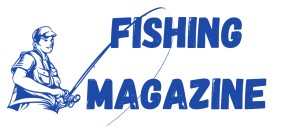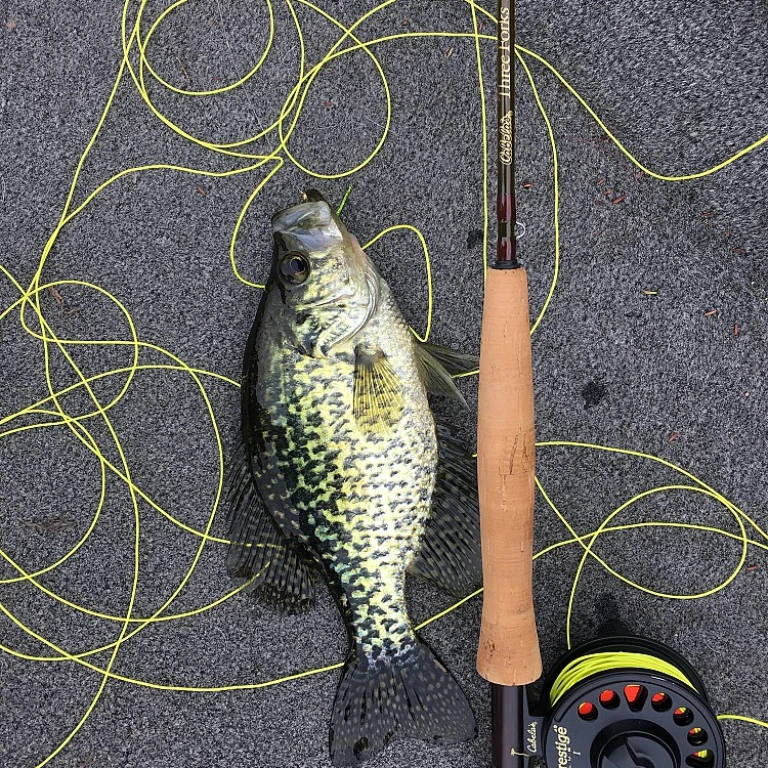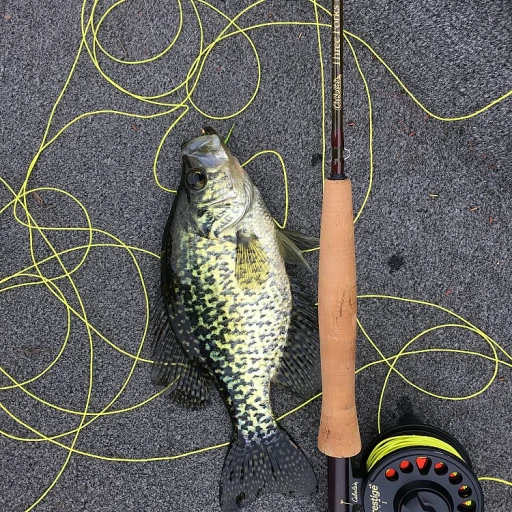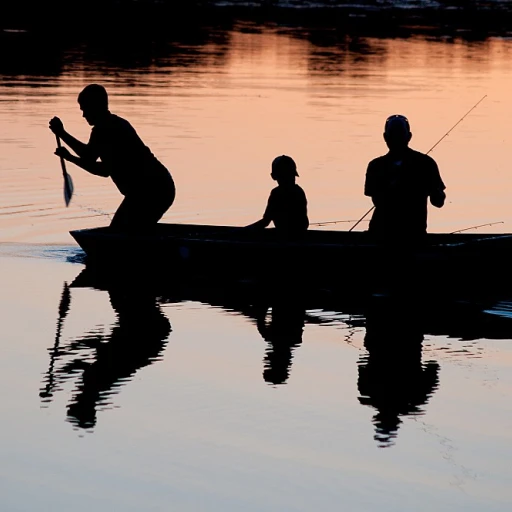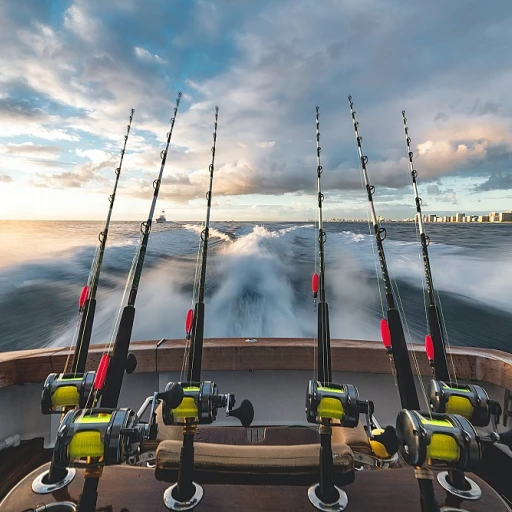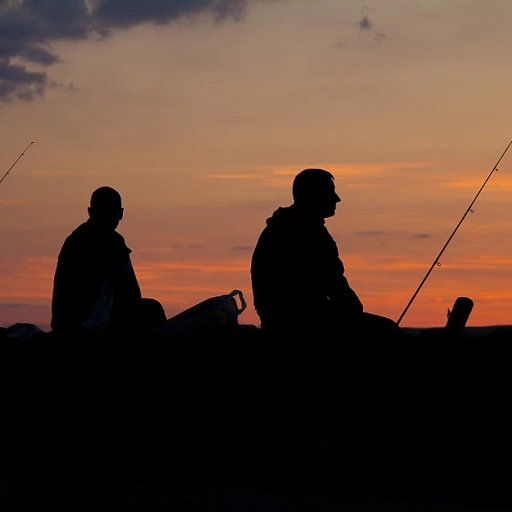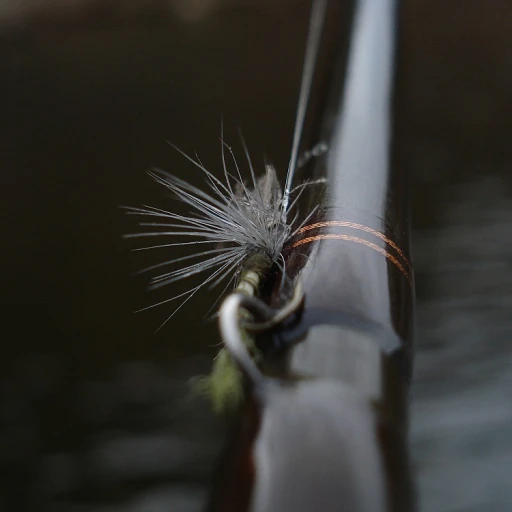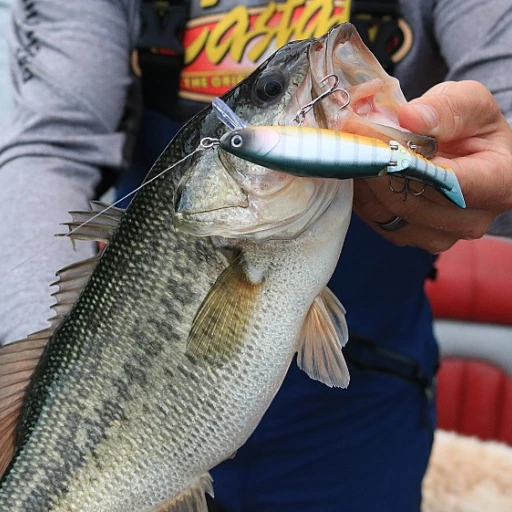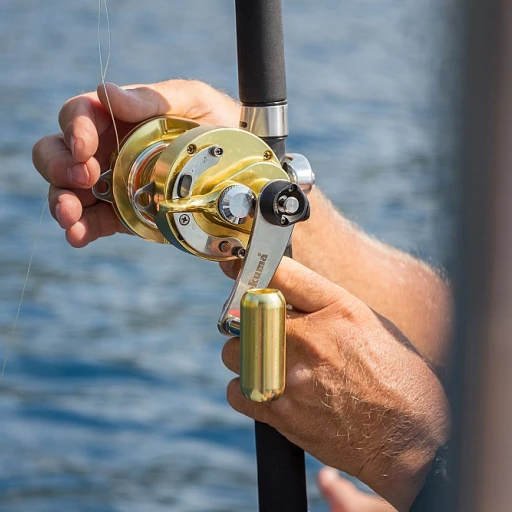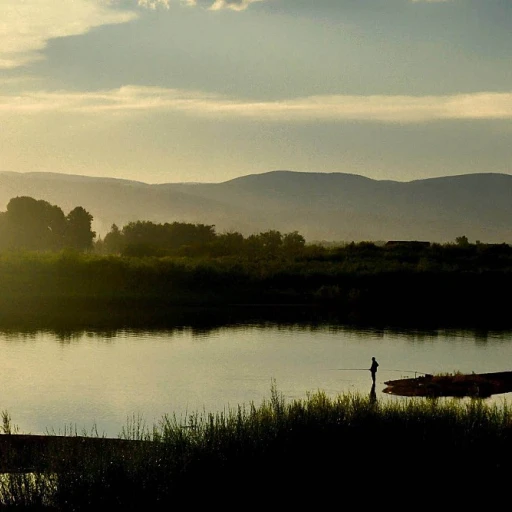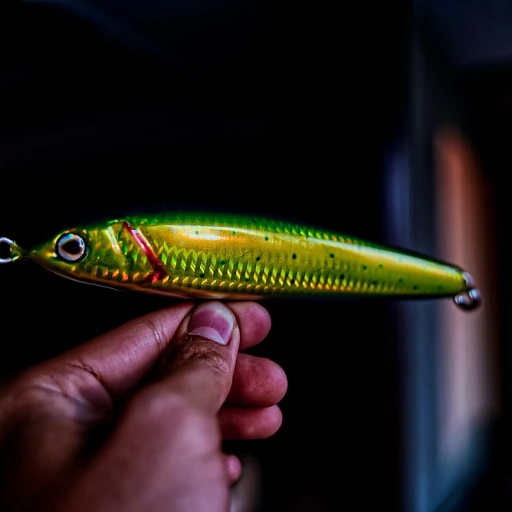
Understanding Iceland's Unique Fishing Environment
Discovering Iceland's Pristine Waters
Iceland is a paradise for anglers, with its pristine rivers, lakes, and streams teeming with fly fishing opportunities. The striking landscapes and diverse aquatic ecosystems offer a unique fishing experience, making it a favored destination for fly fishing enthusiasts.
One of the treasures here includes the illustrious Lake Thingvallavatn, where brown trout thrive and grow to impressive sizes. Fishing in Icelandic waters often means encountering a wide variety of species, such as Atlantic salmon, arctic char, and sea trout, each presenting its own set of challenges for the fly fisher.
Understanding the local environment, including the rivers and their micro-habitats, is crucial to successful angling. Iceland's waters have a rich ecosystem supporting insects like black flies, which in turn determine suitable fly patterns. This knowledge is not only beneficial for selecting fly patterns but also enriches the overall fly fishing experience.
Sustainable fishing is a vital part of Iceland's culture, with a focus on preserving fish populations for future generations. Ethical fishing practices, such as catch and release and using barbless hooks, are encouraged to maintain healthy fish stocks and ensure a thriving environment. By respecting the natural balance, anglers can continue to enjoy the thrill of fishing in this stunning region.
The pristine waters of Iceland tend to lure many, and knowing how to navigate the local rivers with the right salmon flies, tube flies, dry flies, and hitch styles play a significant role in an angler's success. To enhance your equipment collection, don't forget about brands like Fulling Mill for high-quality flies tailored to the Icelandic conditions.
For those looking to expand their adventures beyond Iceland or seeking expert gear recommendations, exploring the versatility of cheeky fly reels could provide further insight into effective fishing gear.
Essential Fly Patterns for Icelandic Waters
Choosing the Right Fly Patterns for Icelandic Waters
Determining the right fly patterns when fly fishing in Iceland can significantly enhance your angling experience. Iceland's unique fly fishing ecosystem requires careful consideration of your fly selections, particularly given the diverse species you may encounter such as Atlantic salmon, brown trout, and arctic char. Icelandic rivers, such as the renowned Lake Thingvallavatn and other secluded waters, demand specific fly patterns. Among the essentials, Icelandic anglers often rely on the following:- Black and Micro Variants: Black flies continue to be highly effective in Iceland's crystal-clear waters. Tyers often recommend micro coneheads and flies crafted with a micro approach to cater to the more cautious fish.
- Tubed Elegance: Tube flies are versatile and can be tailored to handle the varied tumultuous river flows, particularly when targeting the sea trout and salmon in open waters. The "Hitch" and "Frances" patterns are notable for encouraging aggressive strikes from both Atlantic salmon and the coveted Atlantic char.
- Dry Flies and Seasonal Hazards: For those anglers chasing the elusive brown trout, utilizing dry flies during warmer months can yield remarkable results. Brown and sea trout in Icelandig waters respond well to these patterns when water levels rise.
Seasonal Considerations for Fly Selection
Maximizing Your Fly's Effectiveness Through the Seasons
Understanding the unique characteristics of Icelandic waters is crucial to selecting the right flies for each season. The country's rivers and lakes host diverse species, including Atlantic salmon, brown trout, arctic char, and sea trout, each demanding distinct approaches throughout the year.- Spring: As the weather warms, fishing iceland calls for the use of micro coneheads. These small, weighted flies can mimic the emerging insects and help provoke the interest of both brown trout and char. Tailoring your fly tying to include black and brown variations can be highly effective during this time.
- Summer: With increased insect activity, dry flies become a staple. Lake Thingvallavatn and other waters thrive with insect life, inviting fish to rise to the surface. Focusing on fulling mill patterns enhances the fly's attraction, especially for feeding trout char and sea trout.
- Autumn: As daylight fades, focus shifts to tube flies and salmon flies. These are particularly useful in rivers teeming with Atlantic salmon. Incorporating hitch and frances flies into your arsenal can enhance your chances of success as fish prepare for spawning.
- Winter: Though typically more challenging, winter fly fishing isn't impossible. Precision becomes key, requiring durable, heavier flies like micro coneheads, enabling you to reach fish holding in the deeper sections of rivers and lakes.
Techniques for Success in Icelandic Fly Fishing
Mastering Icelandic Fly Fishing Techniques
Understanding the techniques that work best in Icelandic waters is crucial for a successful fly fishing experience. With its diverse ecosystems, from the fast-flowing rivers to the larger, calmer lakes like Lake Thingvallavatn, knowing how to adapt your methods can make all the difference. The hitch technique is particularly effective for Atlantic salmon and sea trout in Icelandic rivers. This involves creating a wake with surface flies, like the Frances fly, to provoke a strike as they skate across the water. This method can be thrilling, as the visible interaction with the fish adds an exciting dimension to your fishing, drawing from Iceland's untamed natural beauty. Subsurface techniques are equally important, especially for targeting trout and char species. Using tube flies, particularly those tied with micro coneheads, can increase your chances of hooking into a robust brown trout or arctic char. These flies provide just the right weight and movement to mimic natural prey in the water column, making them a staple in any Icelandic fly fishing arsenal. Dry flies remain a classic choice and can be particularly effective in late spring and early summer when mosquitoes and flies are abundant. A well-tied dry fly can entice a rising trout or char from the depths to take the bait. For those interested in the nuances of fly tying, experimenting with local fly patterns through fulling mill techniques can provide an added personal touch to your fishing approach. Lastly, when fishing for Atlantic salmon or large sea trout, striving for precision in casting and presentation is essential. Perfect your cast to ensure that your fly lands gently on the water, mimicking the natural flutter of an insect. Practicing these techniques will greatly enhance your success in catching these prized fish in Iceland’s picturesque waters.Gear Recommendations for Icelandic Fly Fishing
Optimizing Your Fishing Equipment for Icelandic Waters
Selecting the right gear is pivotal for a successful fly fishing experience in Iceland. The diverse water conditions, from serene lakes like Lake Thingvallavatn to the dynamic sea trout rivers, demand specialized equipment tailored to the environment and the types of fish you're targeting. Firstly, investing in quality fishing gear suitable for both trout and salmon fishing is essential. Lightweight rods that offer sensitivity and accuracy are beneficial, particularly for the subtle takes of brown trout and arctic char. Consider rods from reputable providers like Fish Partner who offer gear calibrated for Icelandic rivers. Your choice of reel should complement your rod's weight class while offering a reliable drag system, crucial when handling larger fish like the Atlantic salmon. Opt for reels that resist corrosion since Icelandic fishing trips are likely to involve exposure to sea water. When it comes to flies, a varied selection is vital. Tube flies prove particularly effective for salmon, enabling a versatile presentation in the water. Meanwhile, dry flies cater to surface feeding trout such as those in the famed fly fishing destinies of Iceland. The Black Frances is a local favorite for salmon and an asset for your fly box. Premium lines, like those from Fulling Mill, enhance casting precision and come in handy for short to mid-range casts often required in Icelandic settings. Micro coneheads can be an excellent addition to your tackle, particularly when fishing deeper pockets where salmon can rest. Lastly, proper attire and accessories shouldn't be overlooked. Prepare with waterproof and durable waders to withstand Iceland's variable conditions. Layering is essential, as weather can shift rapidly from chilly to mild. By gearing up appropriately, you'll be well-prepared to tackle Iceland's unique fly fishing challenges, ensuring a memorable and fruitful fishing adventure.Conservation and Ethical Fishing Practices
Fostering Responsible Practices in Icelandic Waters
Recreational fishing in Iceland's pristine waters is not only a passion but also a responsibility. Anglers are encouraged to adopt ethical practices to ensure the sustainability of salmon, trout, and arctic char populations. With many waters boasting a delicate balance, it is crucial to respect both the environment and fellow enthusiasts by following local regulations and guidelines.
Several strategies can be implemented to promote ethical fishing:
- Catch and Release: Especially in sensitive habitats like Lake Thingvallavatn, practicing catch and release helps maintain fish populations. Techniques such as using barbless hooks can minimize injury, making it easier to return the fish to their natural environment.
- Using Eco-friendly Gear: Opt for environmentally safe options when selecting your fishing gear. Choose fly patterns made from sustainable materials. Tube flies and dry flies are popular choices when considering both effectiveness and environmental impact.
- Leave No Trace: Similar to the principles practiced in hiking, anglers should ensure that they leave the area as they found it. Proper disposal of any fishing material, such as micro coneheads or fly tying remnants, is essential.
- Fish Partner Programs: Consider collaborating with local fish conservation programs. These initiatives aim to protect fish species like the Atlantic salmon and sea trout, preserving Icelandic rivers and lakes for future generations.
Conservation efforts also include understanding the seasonal behaviors of fish species. For instance, recognizing migration patterns and breeding seasons allows anglers to tailor their fishing practices accordingly. By staying informed and respectful, we can continue to enjoy the rich diversity Iceland offers while ensuring its waters thrive for years to come.
